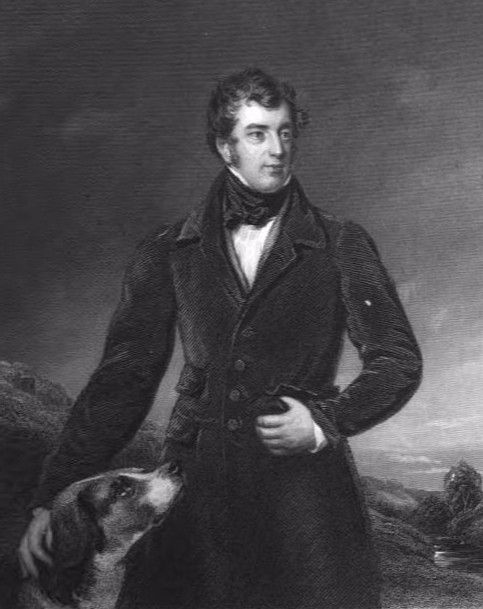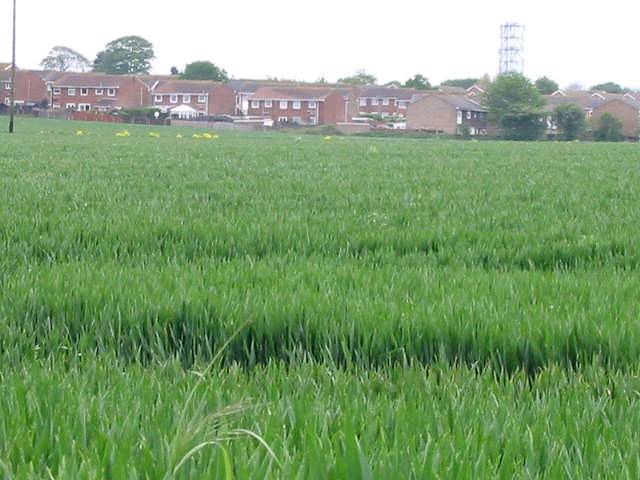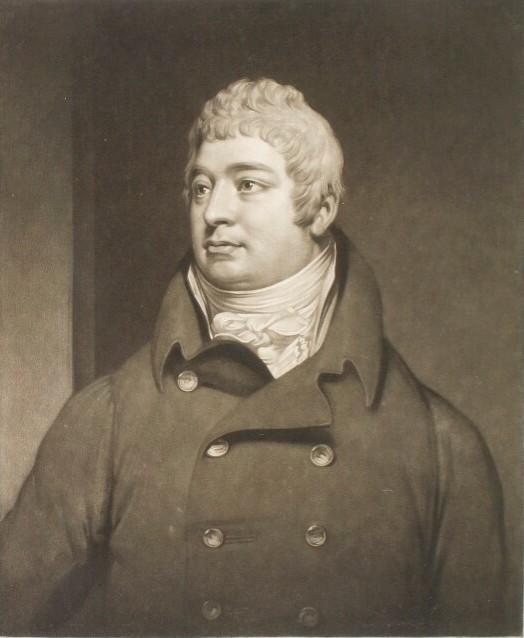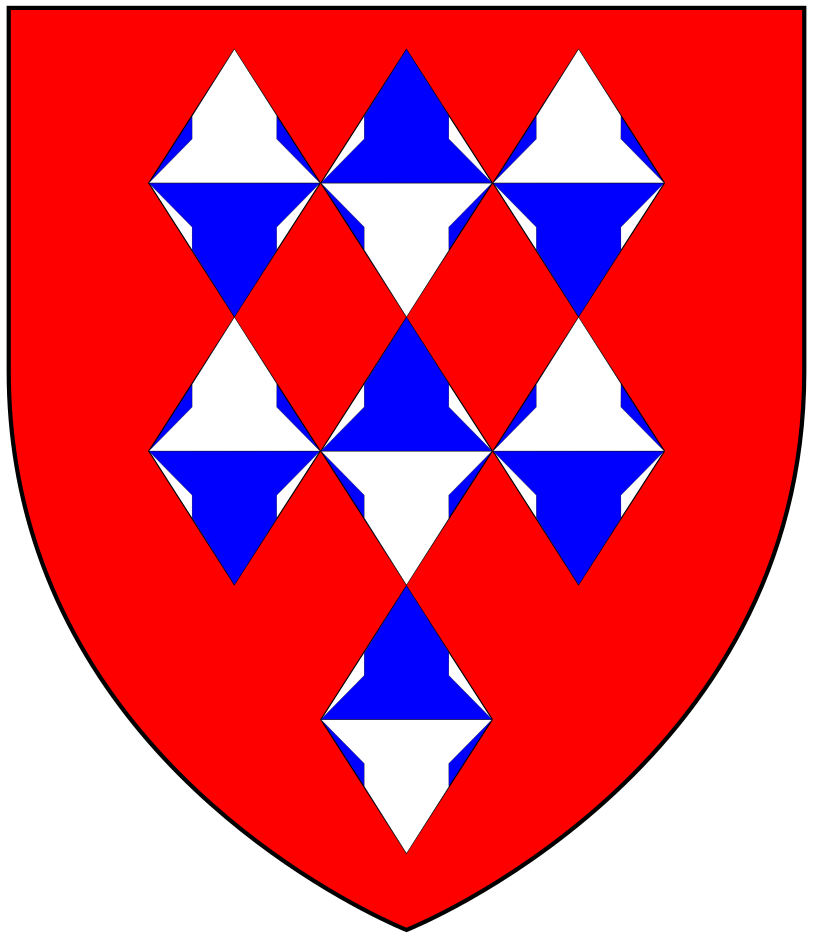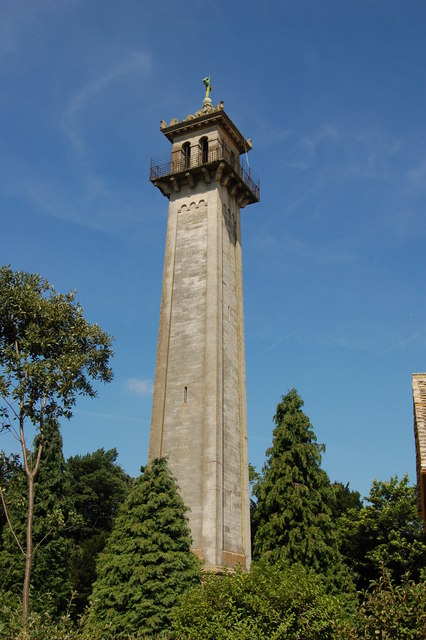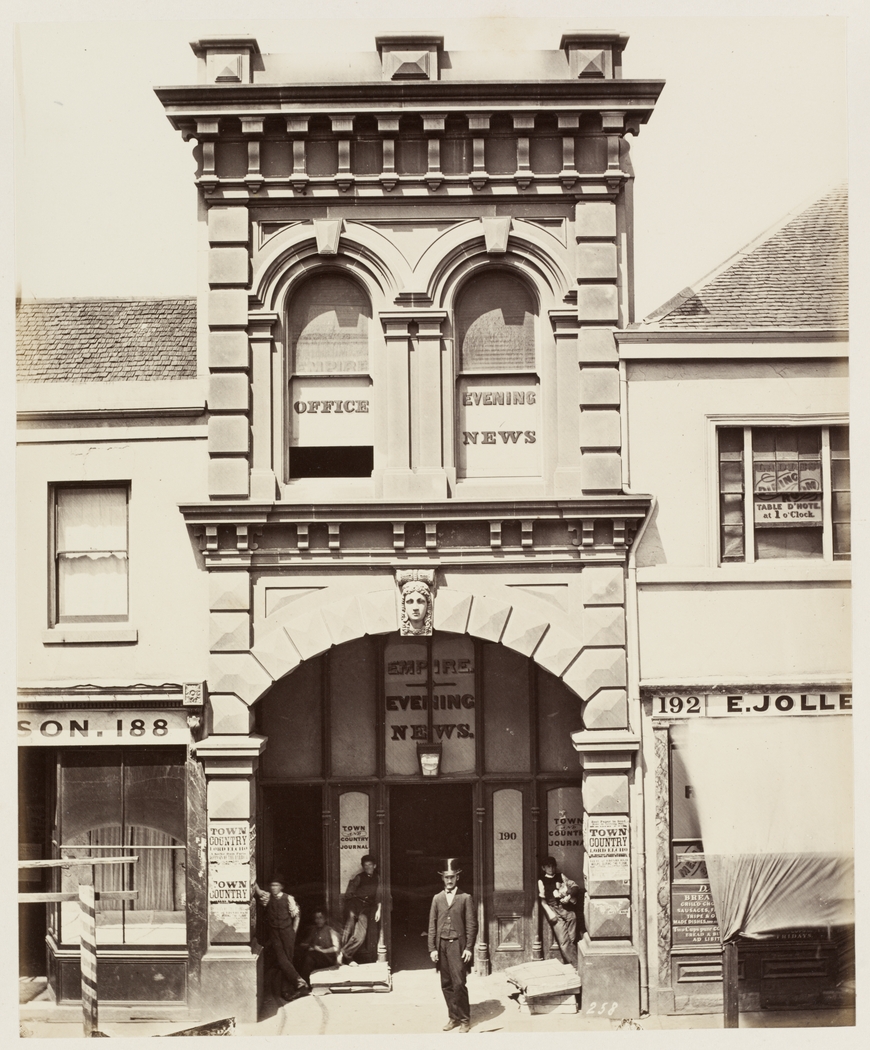|
Henry Reynolds-Moreton, 2nd Earl Of Ducie
Henry George Francis Reynolds-Moreton, 2nd Earl of Ducie (8 May 1802 – 2 June 1853), styled the Hon. Henry Reynolds-Moreton from 1808 to 1837 and the Lord Moreton from 1837 to 1840, was a British Whig politician, agriculturalist and cattle breeder. Early life Ducie was born on 8 May 1802, the son of Thomas Reynolds-Moreton, 1st Earl of Ducie, and his wife Lady Frances Herbert, daughter of Henry Herbert, 1st Earl of Carnarvon. He was educated at Eton. Lord Ducie married the Hon. Elizabeth, daughter of John Dutton, 2nd Baron Sherborne, on 29 June 1826. They had eleven sons and four daughters. Career Lord Moreton entered Parliament for Gloucestershire in 1831, a seat he held until the following year when the constituency was abolished, and then represented Gloucestershire East until 1835. After entering the House of Lords on the death of his father in 1840 he served in the Whig administration of Lord Russell as a Lord-in-waiting (government whip in the House of Lords) from 1 ... [...More Info...] [...Related Items...] OR: [Wikipedia] [Google] [Baidu] |
Whitfield, Gloucestershire
Whitfield is a hamlet in South Gloucestershire, England. Location It is on the A38 near Falfield. Located just beyond the B4061 junction, the rural exit from Thornbury. The hamlet has a nucleus around Brinkmarsh and Iron Hogg Lanes but also strings out along the main A38 between Bristol and Gloucester and into the B4061 towards Thornbury. Economy and facilities The hamlet is bounded by farmland. The northern outskirts have an organic beef farm and Eastwood Park garden centre. The local buildings are, in keeping with the regional vernacular, made mainly of stone or rendered detached homes and some farm buildings. The most notable nearby landmarks are the country estates of Eastwood Park and Tortworth Court Tortworth Court is a Victorian mansion in Tortworth near Thornbury, South Gloucestershire. England. It was built in Tudor style for the 2nd Earl of Ducie. It is a Grade II* listed building. History The mansion was built, in Tudor styl .... Eastwood Park is ... [...More Info...] [...Related Items...] OR: [Wikipedia] [Google] [Baidu] |
1831 United Kingdom General Election
The 1831 United Kingdom general election saw a landslide win by supporters of electoral reform, which was the major election issue. As a result, it was the last unreformed election, as the Parliament which resulted ensured the passage of the Reform Act 1832. Polling was held from 28 April to 1 June 1831. The Whigs won a majority of 136 over the Tories, which was as near to a landslide as the unreformed electoral system could deliver. As the Government obtained a dissolution of Parliament once the new electoral system had been enacted, the resulting Parliament was a short one and there was another election the following year. The election was the first since 1715 to see a victory by a party previously in minority. Political situation The ninth UK Parliament elected in 1830 lacked a stable Commons majority for the Tory government of the Duke of Wellington: the best estimate is that it there had 310 supporters, 225 opponents and 121 doubtful.D.R. Fisher, History of Parliament 18 ... [...More Info...] [...Related Items...] OR: [Wikipedia] [Google] [Baidu] |
Berkeley Guise
Sir Berkeley William Guise, 2nd Baronet (14 July 1775 – 23 July 1834) of Highnam Court in the parish of Churcham, Gloucestershire, was a British landowner and Whig Member of Parliament. Origins He was the eldest son of Sir John Guise, 1st Baronet (1733–1794), of Highnam Court, whom he succeeded in 1794, inheriting Highnam Court. He also inherited the Gloucestershire estates of Elmore Court, the original seat of the Guise family, and Rendcomb, on the death in 1807 of his cousin Jane Guise, wife of Shute Barrington (1734-1826), Bishop of Durham. Career He was educated at Eton College (1791) and at Christ Church, Oxford (1794). In 1801 he was appointed verderer and deputy warden of the Forest of Dean, which office he retained until his death. In 1807 he was appointed Sheriff of the City of Gloucester and in 1813 as Mayor of Gloucester. He was commissioned as a captain in the North Gloucestershire Militia on 8 June 1798, and on 14 April 1809 he was appointed as Lieutenant-Colo ... [...More Info...] [...Related Items...] OR: [Wikipedia] [Google] [Baidu] |
Sir Berkeley Guise, 2nd Baronet
Sir Berkeley William Guise, 2nd Baronet (14 July 1775 – 23 July 1834) of Highnam Court in the parish of Churcham, Gloucestershire, was a British landowner and Whig Member of Parliament. Origins He was the eldest son of Sir John Guise, 1st Baronet (1733–1794), of Highnam Court, whom he succeeded in 1794, inheriting Highnam Court. He also inherited the Gloucestershire estates of Elmore Court, the original seat of the Guise family, and Rendcomb, on the death in 1807 of his cousin Jane Guise, wife of Shute Barrington (1734-1826), Bishop of Durham. Career He was educated at Eton College (1791) and at Christ Church, Oxford (1794). In 1801 he was appointed verderer and deputy warden of the Forest of Dean, which office he retained until his death. In 1807 he was appointed Sheriff of the City of Gloucester and in 1813 as Mayor of Gloucester. He was commissioned as a captain in the North Gloucestershire Militia on 8 June 1798, and on 14 April 1809 he was appointed as Lieutenant-Colo ... [...More Info...] [...Related Items...] OR: [Wikipedia] [Google] [Baidu] |
Lord Edward Somerset
General Lord Robert Edward Henry Somerset (19 December 17761 September 1842) was a British soldier who fought during the Peninsular War and the War of the Seventh Coalition. Life Somerset was the third son of Henry Somerset, 5th Duke of Beaufort, and elder brother of Lord Raglan. Joining the 15th Light Dragoons in 1793, he became captain in the following year, and received a majority after serving as '' aide-de-camp'' to Prince Frederick, Duke of York in the Dutch expedition of 1799. At the end of 1800 he became a lieutenant-colonel, and in 1801 received the command of the 4th Dragoons. From 1799 to 1802 he represented the Borough of Monmouth in the House of Commons, from 1803 to 1823 and from 1830 sat for Gloucestershire and from 1834 to 1837 was MP for Cirencester. He commanded his regiment at the battles of Talavera and Buçaco, and in 1810 received a colonelcy and the appointment of ''aide-de-camp'' to the king. In 1811, along with the 3rd Dragoon Guards, the 4th Dra ... [...More Info...] [...Related Items...] OR: [Wikipedia] [Google] [Baidu] |
Coronet
A coronet is a small crown consisting of ornaments fixed on a metal ring. A coronet differs from other kinds of crowns in that a coronet never has arches, and from a tiara in that a coronet completely encircles the head, while a tiara does not. In other languages, this distinction is not made as usually the same word for ''crown'' is used irrespective of rank (german: Krone, nl, Kroon, sv, Krona, french: Couronne, etc.) Today, its main use is not as a headgear (indeed, many people entitled to a coronet never have a physical one created), but as a rank symbol in heraldry, adorning a coat of arms. Etymology The word stems from the Old French ''coronete'', a diminutive of ''co(u)ronne'' ('crown'), itself from the Latin ''corona'' (also 'wreath') and from the Ancient Greek ''κορώνη'' (''korōnē''; 'garland' or 'wreath'). Traditionally, such headgear is used by nobles and by princes and princesses in their coats of arms, rather than by monarchs, for whom the word 'c ... [...More Info...] [...Related Items...] OR: [Wikipedia] [Google] [Baidu] |
Uley
Uley is a village and civil parish in the county of Gloucestershire, England. The parish includes the hamlets of Elcombe and Shadwell and Bencombe, all to the south of the village of Uley, and the hamlet of Crawley to the north. The village is situated in a wooded valley in the Cotswold escarpment, on the B4066 road between Dursley and Stroud. The population of the civil parish is around 1,100, but was much greater during the early years of the industrial revolution, when the village was renowned for producing blue cloth. The placename (recorded as ''Euuelege'' in the Domesday Book) probably signifies 'clearing in a yew wood'. History The Romans built a temple at West Hill, near Uley, on the site of an earlier prehistoric shrine. Following the laying of a water main pipe there in 1976, many discoveries were made including numerous Roman writing tablets or lead curse tablets from the temple area. These writing tablets appear often to relate to theft, and here the mention ... [...More Info...] [...Related Items...] OR: [Wikipedia] [Google] [Baidu] |
Empire (newspaper)
The ''Empire'' was a newspaper published in Sydney, Australia. It was published from 28 December 1850 to 14 February 1875, except for the period from 28 August 1858 to 23 May 1859, when publication was suspended. It was later absorbed by '' The Evening News''. History Henry Parkes founded the ''Empire'' and was its editor/proprietor until the business failed in August 1858. He made it "a newspaper destined to be the chief organ of mid-century liberalism and to serve as the rallying and reconciliation point for the sharpest radical and liberal minds of the day". The paper was bought by Samuel Bennett and William Hanson and resumed publication in May 1859 with the promise that "The Empire … will continue under the new management to advocate the same great principles by which it has hitherto been distinguished". In 1875 labour difficulties forced Bennett to merge the ''Empire'' with another of his papers, the ''Evening News''. ''The Evening News'' continued to be published unti ... [...More Info...] [...Related Items...] OR: [Wikipedia] [Google] [Baidu] |
Cultivator
A cultivator is a piece of agricultural equipment used for secondary tillage. One sense of the name refers to frames with ''teeth'' (also called ''shanks'') that pierce the soil as they are dragged through it linearly. It also refers to machines that use rotary motion of disks or teeth to accomplish a similar result. The rotary tiller is a principal example. Cultivators stir and pulverize the soil, either before planting (to aerate the soil and prepare a smooth, loose seedbed) or after the crop has begun growing (to kill weeds—controlled disturbance of the topsoil close to the crop plants kills the surrounding weeds by uprooting them, burying their leaves to disrupt their photosynthesis, or a combination of both). Unlike a harrow, which disturbs the entire surface of the soil, cultivators are designed to disturb the soil in careful patterns, sparing the crop plants but disrupting the weeds. Cultivators of the toothed type are often similar in form to chisel plows, but th ... [...More Info...] [...Related Items...] OR: [Wikipedia] [Google] [Baidu] |
The Queenslander
''The Queenslander'' was the weekly summary and literary edition of the '' Brisbane Courier'', the leading journal in the colony—and later, federal state—of Queensland since the 1850s. ''The Queenslander'' was launched by the Brisbane Newspaper Company in 1866, and discontinued in 1939. History ''The Queenslander'' was first published on 3 February 1866 in Brisbane by Thomas Blacket Stephens. The last edition was printed on 22 February 1939. In a country the size of Australia, a daily newspaper of some prominence could only reach the bush and outlying districts if it also published a weekly edition. Yet ''The Queenslander'', under the managing editorship of Gresley Lukin—managing editor from November 1873 until December 1880—also came to find additional use as a literary magazine. In September 1919, a series of aerial photographs of Brisbane and its surrounding suburbs were published under the title, ''Brisbane By Air''. The photographs were taken by the newspaper' ... [...More Info...] [...Related Items...] OR: [Wikipedia] [Google] [Baidu] |
